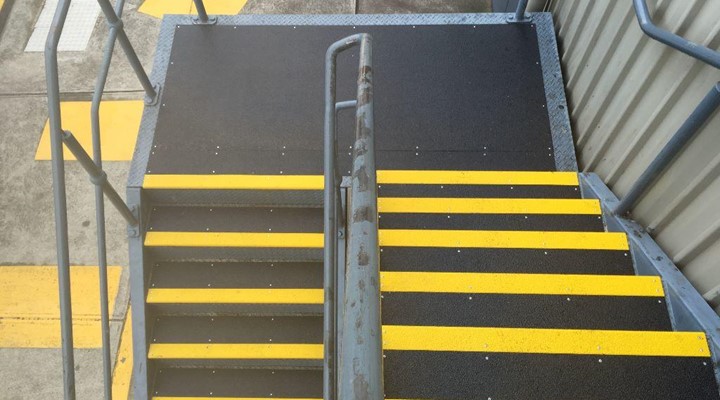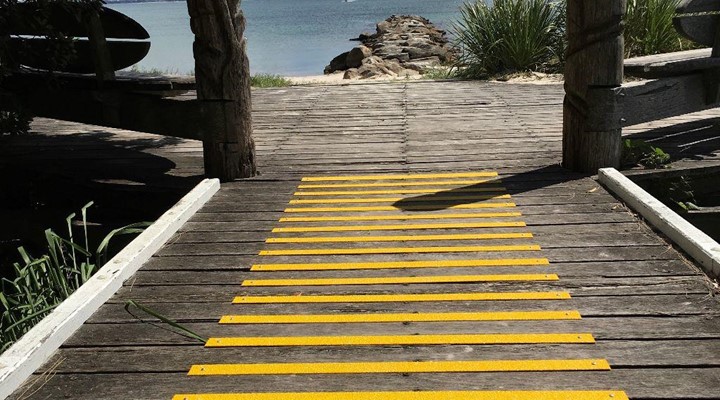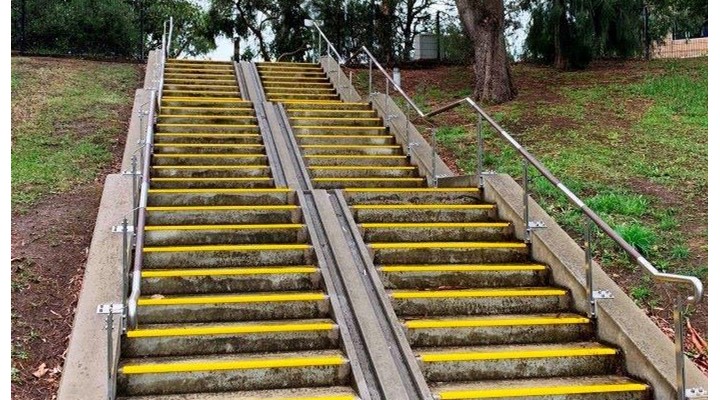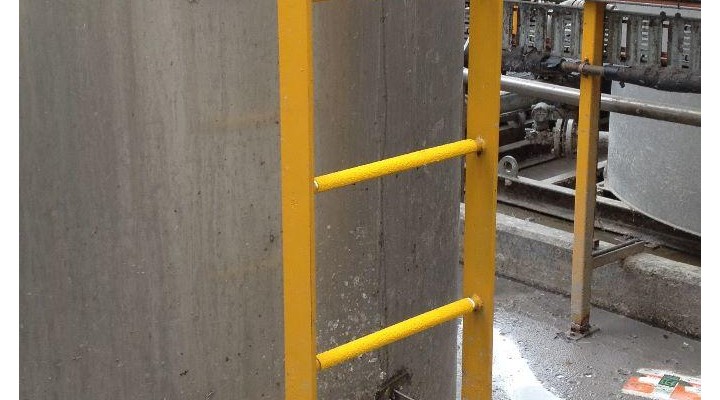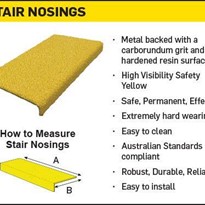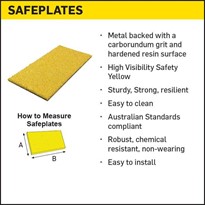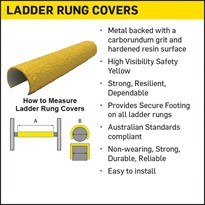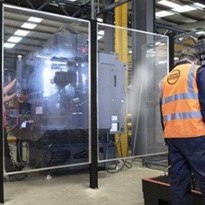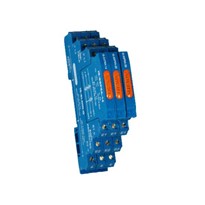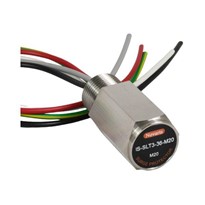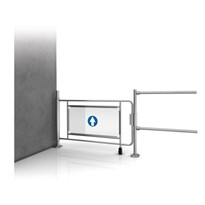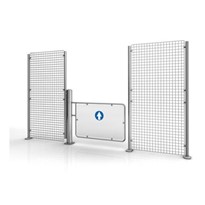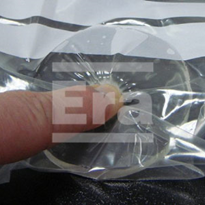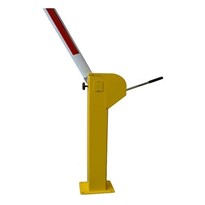Slips, trips, stumbles, tumbles and falls are still the leading cause of medically treated injuries and lost time injuries. Contributing significantly to the costs of lost production in the workplace.
The risk of injury can be minimised by completing a hazard identification, risk assessment and implementing control measures such as the following 10 simple ways to prevent worker, visitor, contractor or pedestrian injuries.
- Light the way
Inadequate lighting in stairways, landings and walkways can cause anyone to misstep and slip or trip.
- Mark clear access and passage ways
By using floor marking tape to provide visible walkway guidelines and keeping pedestrian access ways clear of hazards will significantly decrease the risk of trip or stumble and an injury occurring.
- Create surface traction
It doesn’t take much for walkways to become slippery. Providing a nonslip step or walking surface by installing antislip products will add traction even when there is dust, dirt, oils, chemicals or spilt fluids.
- Keep walkways clean
A clean and tidy workplace is usually deemed a safe place. Cleaning up spills promptly, keeping walkways free of boxes, cords and other obstacles will make it easier for pedestrians to navigate their way throughout the workplace.
- Wear appropriate non-slip safety footwear
Encourage workers, contractors and visitors to wear comfortable, fitted footwear that has the appropriate amount of traction on the sole to prevent slippage.
- Post safety signage where hazards exist
Installing appropriate warning and safety signage helps to alert people of potential slip or trip hazards in the area.
- Isolate potential slip or trip hazards
Use barricade tapes, safety cones to cordon off areas that present temporary slip, stumble, trip, tumble or fall hazard. Install anti-slip stair and floor products to eliminate injuries.
- Choose and use the correct personal protective equipment (PPE)
Ensure workers and contractors are wearing the appropriate PPE and fall arrest apparatus when climbing ladders or working at heights.
- Inspect before climbing, stepping or walking
Before climbing a ladder, ensure the ladder is in good condition with antislip rung covers installed. The same applies for stairs and walkways, ensure the pedestrian surfaces are in good condition and free of obstacles and hazards.
- Train workers, contractors and visitors how to recognise and avoid slip and trip hazards
As with all safety hazards, slips, stumbles, trips, tumbles and falls can be emphasised during safety training or site inductions. Ensure that all workers, contractors and visitors can recognise potential hazards and how to avoid and report any potential incident or accident.
These types of hazards are common to almost every work environment. Therefore, it is important to notify the appropriate person and put in the correct control measure to prevent an injury from occurring. Identify, assess and control the hazard so your workplace can be incident free and provide a safe passage for all pedestrians.
Our free ’10 Steps to a Safe Non-Slip workplace’ poster is an excellent guide and is available in A3 sizing – want a copy? Let us know and we’ll send them out to you.


